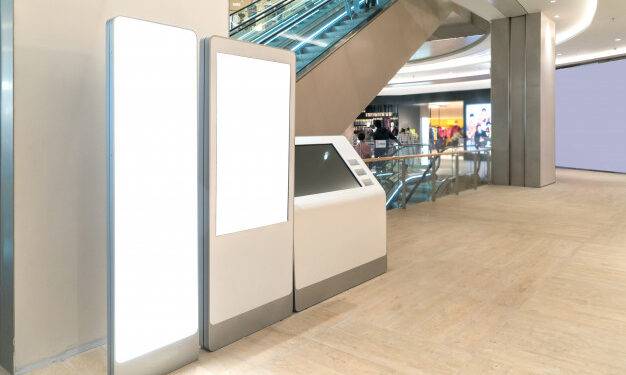Digital signage is becoming more and more popular these days, especially since people are looking for contactless forms of communication when they are out and about, and digital signs are perfect to fill the role. They are integral to the in-store experience, which may help save companies that are having a hard time getting people through the door. Before you run out and buy your digital signs, here are a few things to consider.
1. An Internet or Hardware Solution
You are going to need a way to connect your digital signage to the internet, otherwise, you will have to use a hardware solution. The most obvious way to connect your digital sign to the internet is to use an Android TV program or Apple TV digital signage which connects to the internet and then connects to your TV through an HDMI cable. Your TV itself may connect to the internet, but if you have no way of installing digital signage software onto it, then the connection cannot do much. Your other option is to have an external hard drive connected to your digital sign. You then use a media player on your sign to play the same videos over and over again.
2. You Need a Use Before Buying
If you have been sold on the idea that video marketing is the future, and that your digital signs will increase your profits, then you need to take a step back. There are many businesses where digital signage solutions are simply not needed. Have a use in mind before you buy.
- For example, are your digital signs going to offer product demonstrations above where the products are sold?
- Are your signs going to promote upcoming products with the hopes of drawing people back in the future?
- Will your signs entertain people in your waiting areas?
- Will your digital signs keep your staff updated and help you manage them remotely?
Digital signage hardware is not a magic profit-making tool, you need to have a use in mind for your technology before you buy it. Hoping to figure out a use for it later down the line is not a good direction if you want to get a return on your investment.
3. You Are Going to Need digital signage Software
If you intend to run several digital signs, and you want a way to control them all at once, then you are going to need some sort of digital signage software. There are plenty of digital sign programs and managers on the market. You will need one to help you conduct your content. It doesn’t have to be sophisticated, but it should help you create content, manage content, and then deploy the content. Try to find something that is pretty popular because it often has lots of online support from the developers and from the online community. You are probably going to be creating your own content, so you will probably have to practice a little to get good at it. Keep in mind that less is often more. This means that your minimalist content is probably going to look the best until you get really good at creating your digital signage content.
4. On-Site Maintenance and Memory
If you set things up correctly, there should be very little work involved for the people where your digital signage is located. Most of the digital sign control happens through your control hub (the software mentioned earlier). However, there may be a bit of maintenance if your digital signs occasionally have trouble connecting, especially if the Internet connection in the area is spotty. Also, having some sort of on-site memory capacity is good too. This is because your content is likely to repeat over and over again through the day, so having on-site hardware that can remember the content (cache it), will help lower the strain on your on-site Internet connections.
5. Cheap Digital Signs Are Okay
You can buy the most expensive digital signage hardware. You can buy the most up-to-date stuff if you wish but know that cheaper signs and second-hand devices are still pretty good. They are also great for practicing and testing. Before you run out and buy the most expensive hardware, try second-hand and cheap digital signs first. They allow you to run tests with your content to figure out what works and what doesn’t. When your digital signs start doing their job correctly and start giving you a decent return on your investment, then you can think about upgrading to bigger and better digital sign technology.
Final Thoughts – Do Not Fall Victim To Trends
There are several trends that rise and fall during the course of a year, and many of them are not useful to digital sign users who are in business. Things like gesture control seem like a new and exciting trend, but it comes up every year at least once and it never goes anywhere. It may be part of our future at some point, but for modern digital sign users, it is a gimmick that costs too much money and offers too little in return.
























